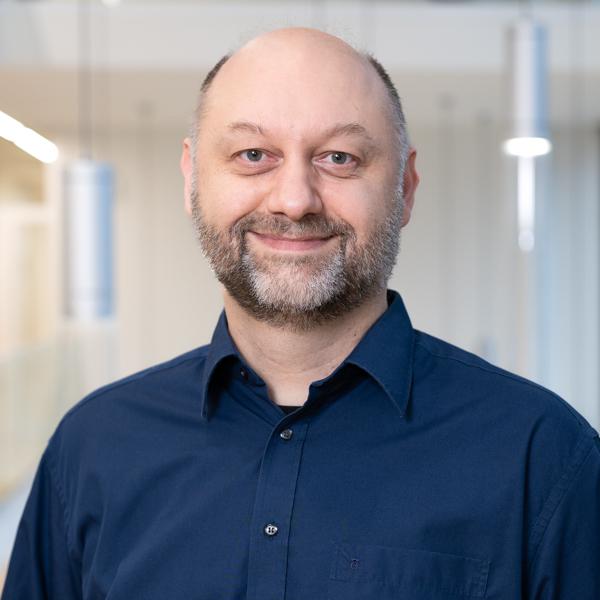

2022: ERC Advanced Grant for "HYPER"
2021: Busy Beaver Award für "Programmierung I"
Professor Bernd Finkbeiner, PhD, ist Faculty am CISPA und Professor für Informatik an der Universität des Saarlandes. Er promovierte 2003 an der Stanford Universität. Seit 2003 leitet er die Gruppe Reaktive Systeme, die 2020 Teil des CISPA wurde. Sein Forschungsfokus liegt auf der Entwicklung von verlässlichen Garantien für die Sicherheit und den Schutz von Computersystemen, einschließlich Spezifikation, Programmsynthese und -reparatur, sowie statische und dynamische Verifikation.
Engineering Safe and Trustworthy Cyber Physical Systems
ACM Conference on Object Oriented Programming Systems Languages and Applications (OOPSLA)
The 25th International Conference on Runtime Verification (RV)
International Conference on Runtime Verification (RV)
The ACM SIGPLAN International Conference on Functional Programming (ICFP)
IEEE Symposium on Logic in Computer Science (LICS)
Tools and Algorithms for Construction and Analysis of Systems (TACAS)
Tools and Algorithms for Construction and Analysis of Systems (TACAS)
Tools and Algorithms for Construction and Analysis of Systems (TACAS)